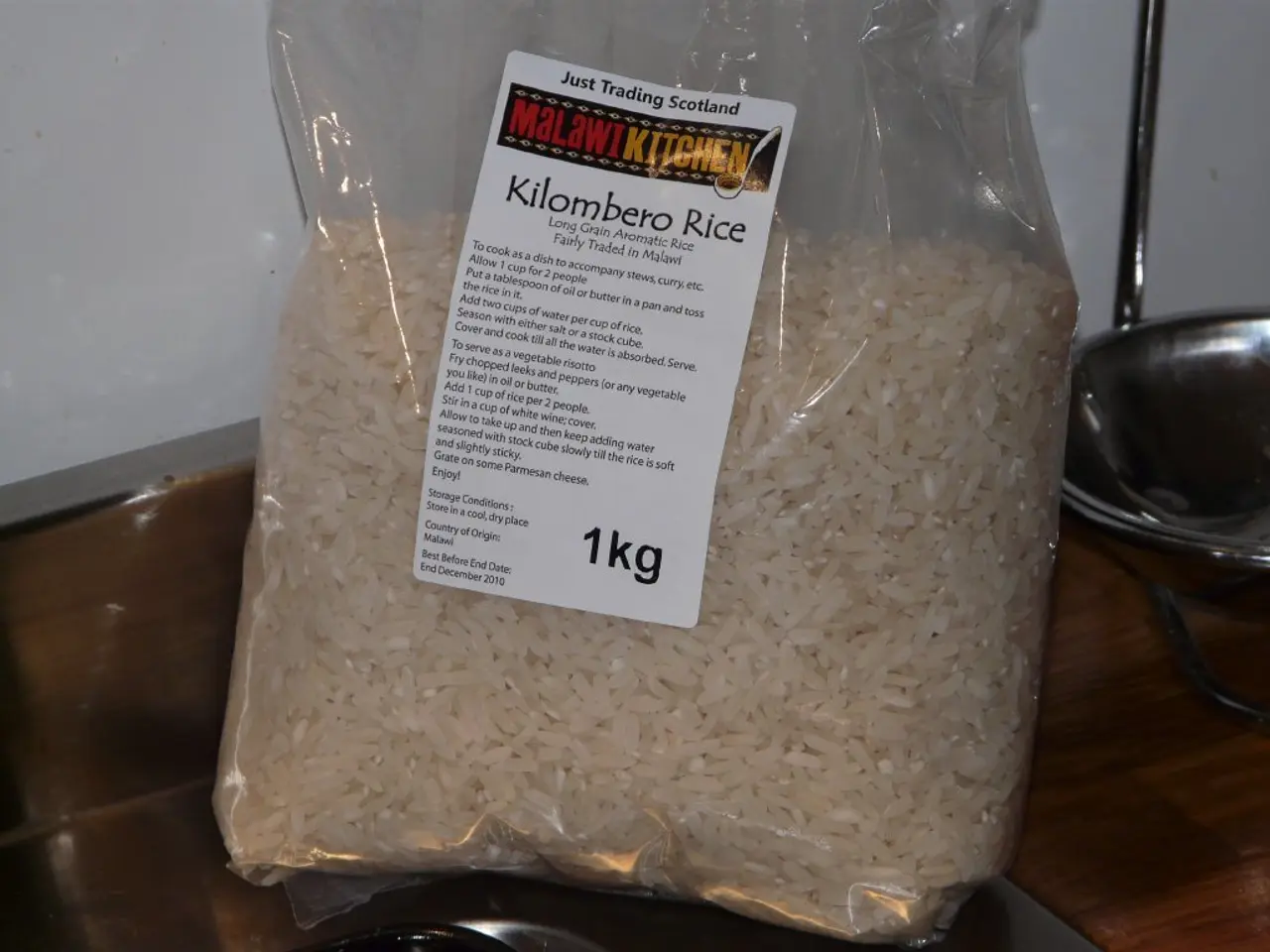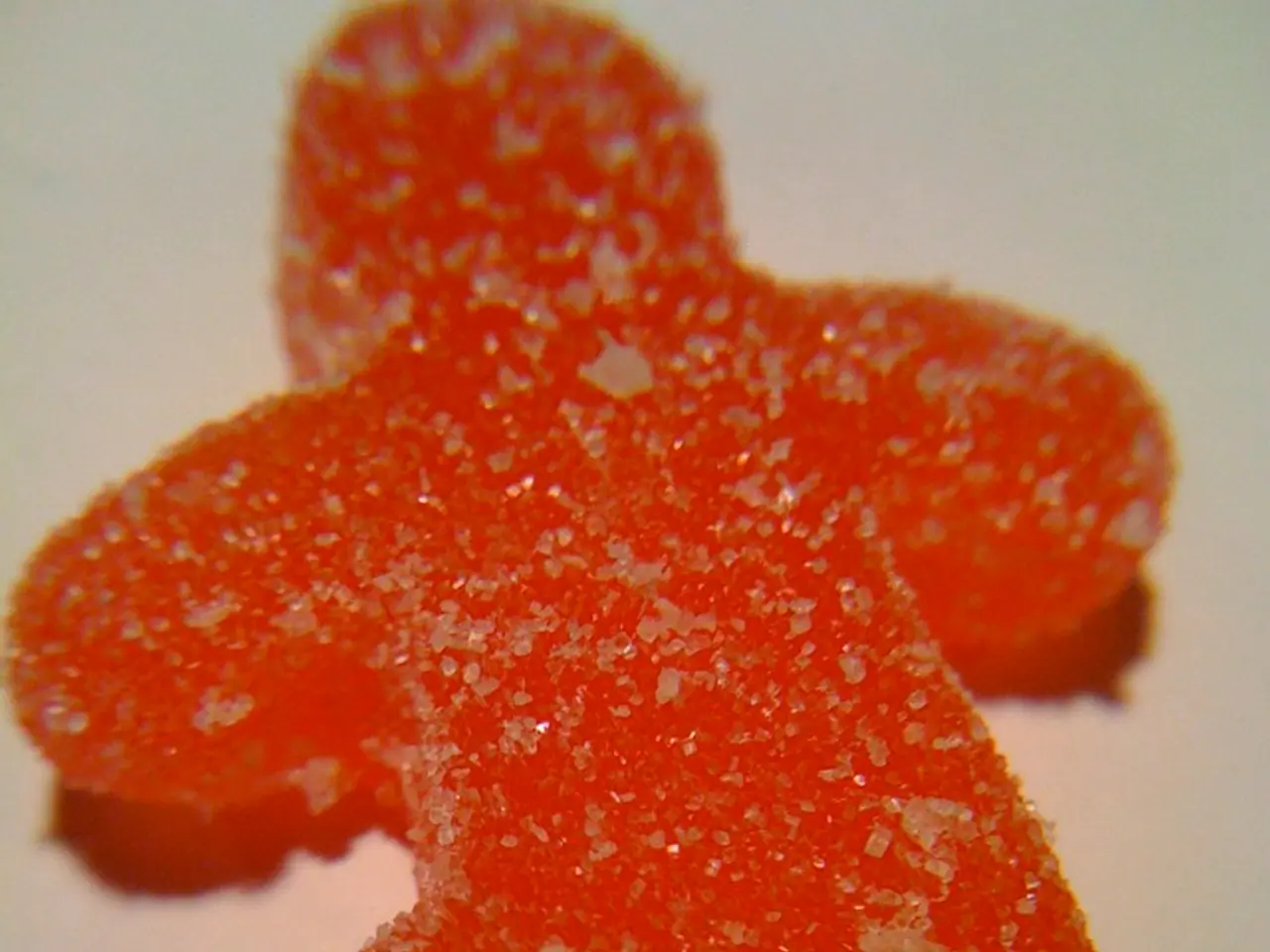Prepare for the introduction of Lunar Grains
The Moon-Rice project, a collaborative effort between the Italian Space Agency (ASI) and three Italian universities—the University of Milan, the University of Rome, and the University of Naples—is making strides in creating a crop that can withstand the challenges of space. This crop, a super-dwarf rice variety, is designed to be both compact and productive, providing fresh, nutrient-rich food for astronauts on long-duration missions.
The project's focus is twofold: to develop a crop that not only meets the nutritional needs of astronauts but also contributes to their wellbeing. Current space exploration relies heavily on pre-packaged meals delivered during resupplies, which rarely contain fresh ingredients.
Scientists are employing various strategies to create this super-dwarf rice. Genetic selection and mutation breeding are key methods, where researchers isolate natural or induced mutant rice strains with a dwarf phenotype but high productivity. Hormonal manipulation is another strategy, with researchers carefully balancing size and growth traits by modifying gibberellin hormone pathways.
In addition, gene editing and plant architecture modification are being used to identify and edit genes that control plant shape and growth efficiency, thereby maximizing productivity despite the diminutive size. Simulated microgravity cultivation is also crucial, with plants being rotated on Earth to mimic space conditions, ensuring stable yields and plant health.
Protein enrichment is another critical aspect of the project, with researchers aiming to boost the protein content by enlarging the rice embryo relative to starch. This increase in nutritional value is crucial for astronaut health.
Beyond its space applications, this technology holds promising Earth-based benefits. The compact, resilient rice could be cultivated in harsh Earth conditions such as polar regions, deserts, or limited indoor farming spaces, enabling food production where conventional crops struggle. Furthermore, fresh crops grown in confined spaces support mental well-being and health, both in space and in challenging terrestrial environments.
The Moon-Rice project is a pioneering example of merging fundamental plant science with space agriculture technology to address human sustenance challenges in extraterrestrial and extreme Earth settings. Preliminary findings of the project will be presented at the Society for Experimental Biology Annual Conference in Antwerp, Belgium on 9th July.
[1] Del Bianco, M., et al. (2023). Developing super-dwarf rice for space missions: A step towards sustainable astronaut nutrition. Plant Physiology and Biochemistry.
[2] Del Bianco, M., et al. (2022). Genetic and hormonal manipulation of rice dwarfism for space agriculture. Plant Signaling & Behavior.
[3] Del Bianco, M., et al. (2021). Engineering plant architecture for microgravity: The case of super-dwarf rice. Plant Cell, Tissue and Organ Culture.
[4] Del Bianco, M., et al. (2020). Protein enrichment in super-dwarf rice for space missions. Crop Science.
[5] Del Bianco, M., et al. (2019). Simulated microgravity cultivation of super-dwarf rice for space agriculture. Acta Astronautica.
Originally published by Cosmos as Make way for Moon-Rice.
The Moon-Rice project, with its focus on creating a crop that meets the nutritional needs of astronauts and supports their health-and-wellness, is aiming to revolutionize space agriculture. By employing various strategies such as genetic selection, hormonal manipulation, gene editing, and plant architecture modification, researchers are working to develop a super-dwarf rice variety that thrives in space. Furthermore, this technology, beyond its space applications, holds Earth-based benefits, as the compact, resilient rice could be cultivated in harsh conditions, contributing to food security and health in challenging terrestrial environments.




